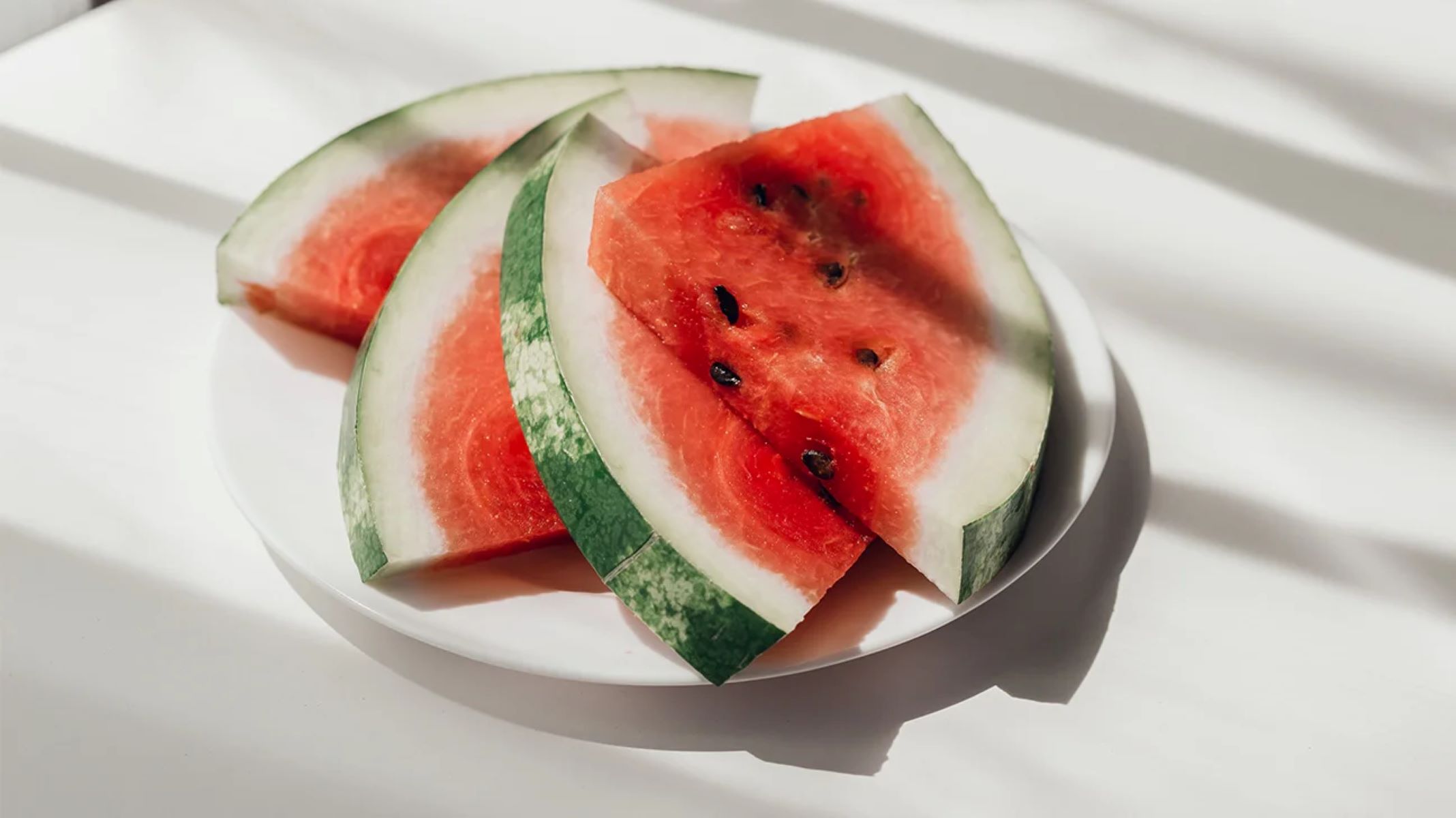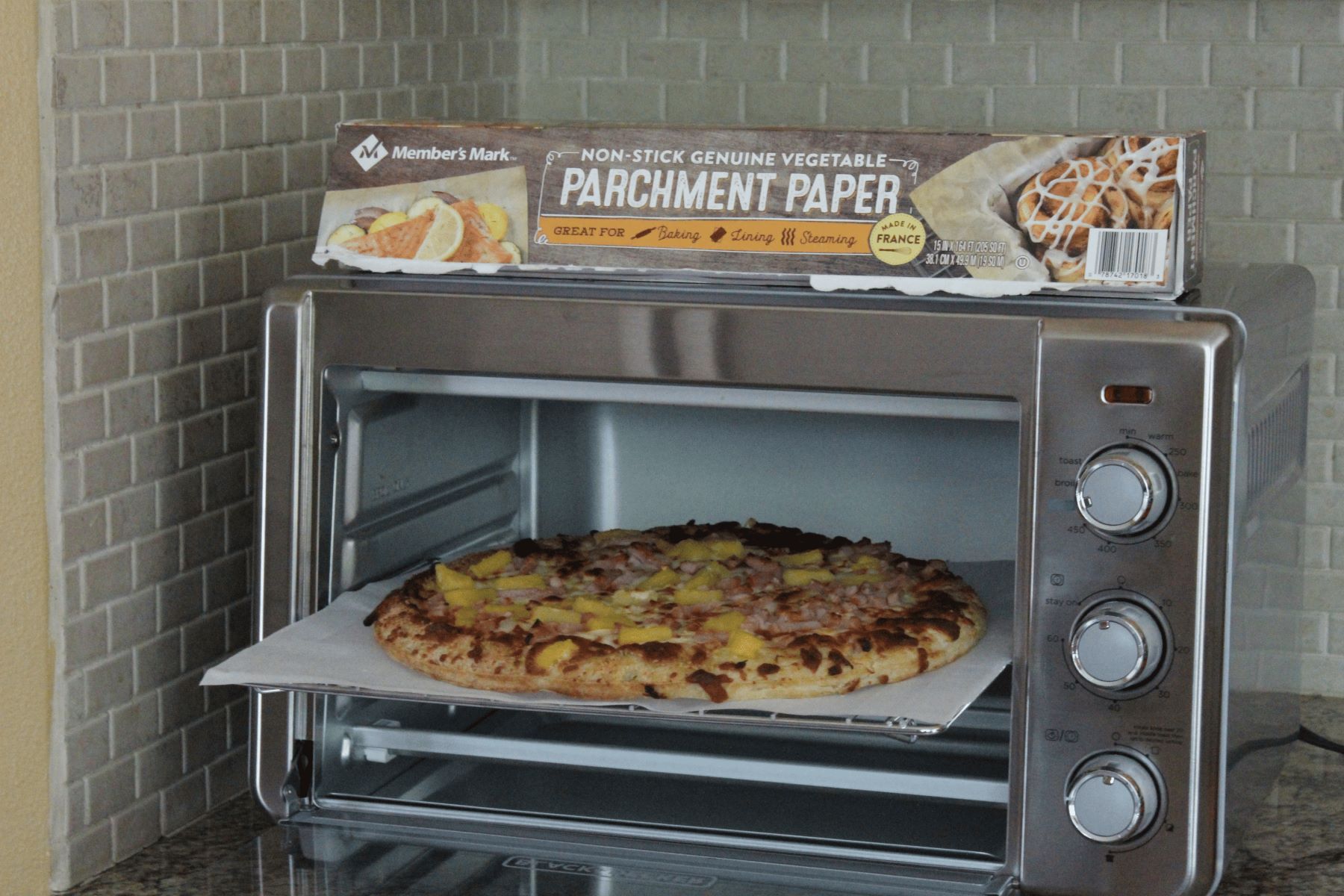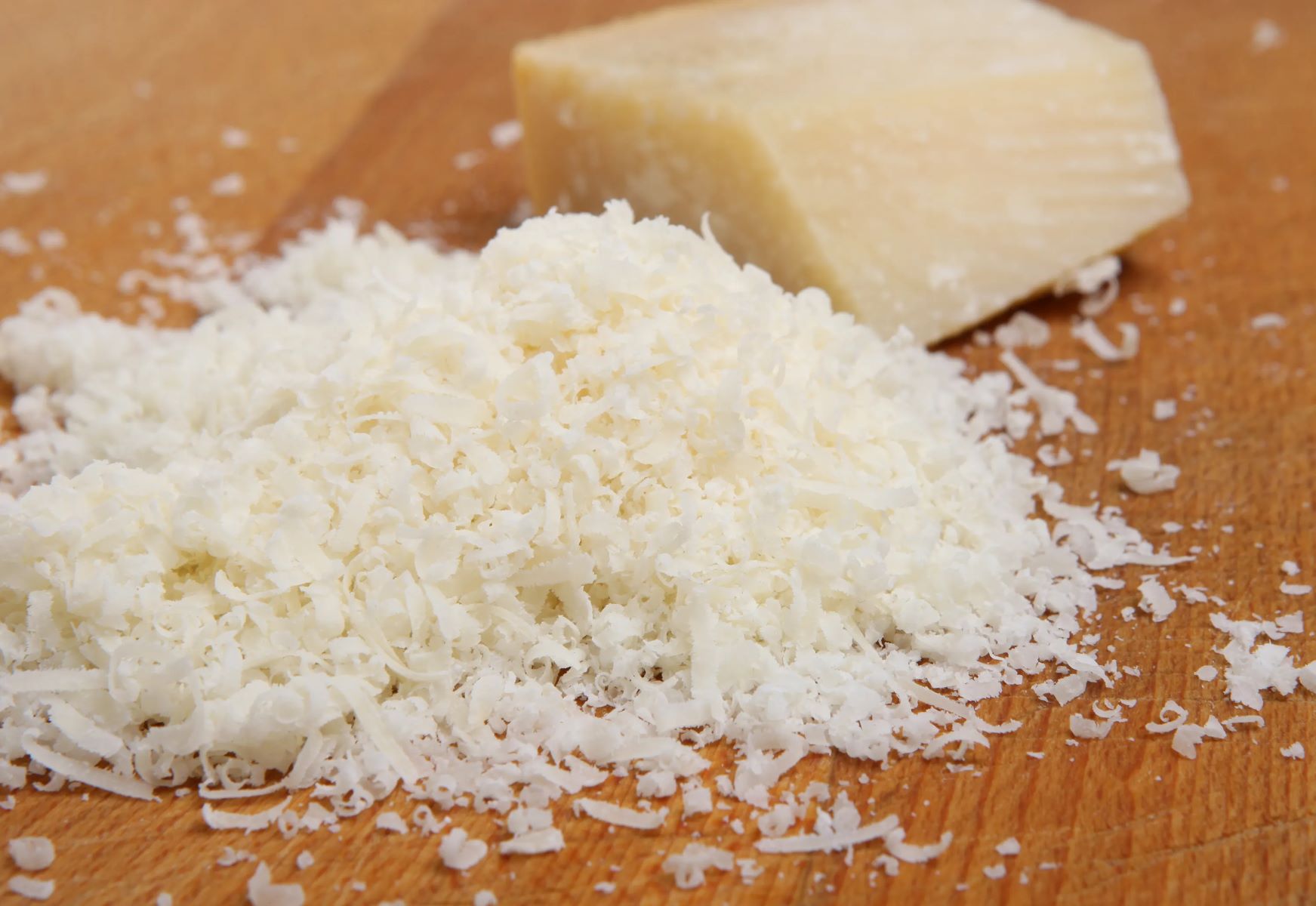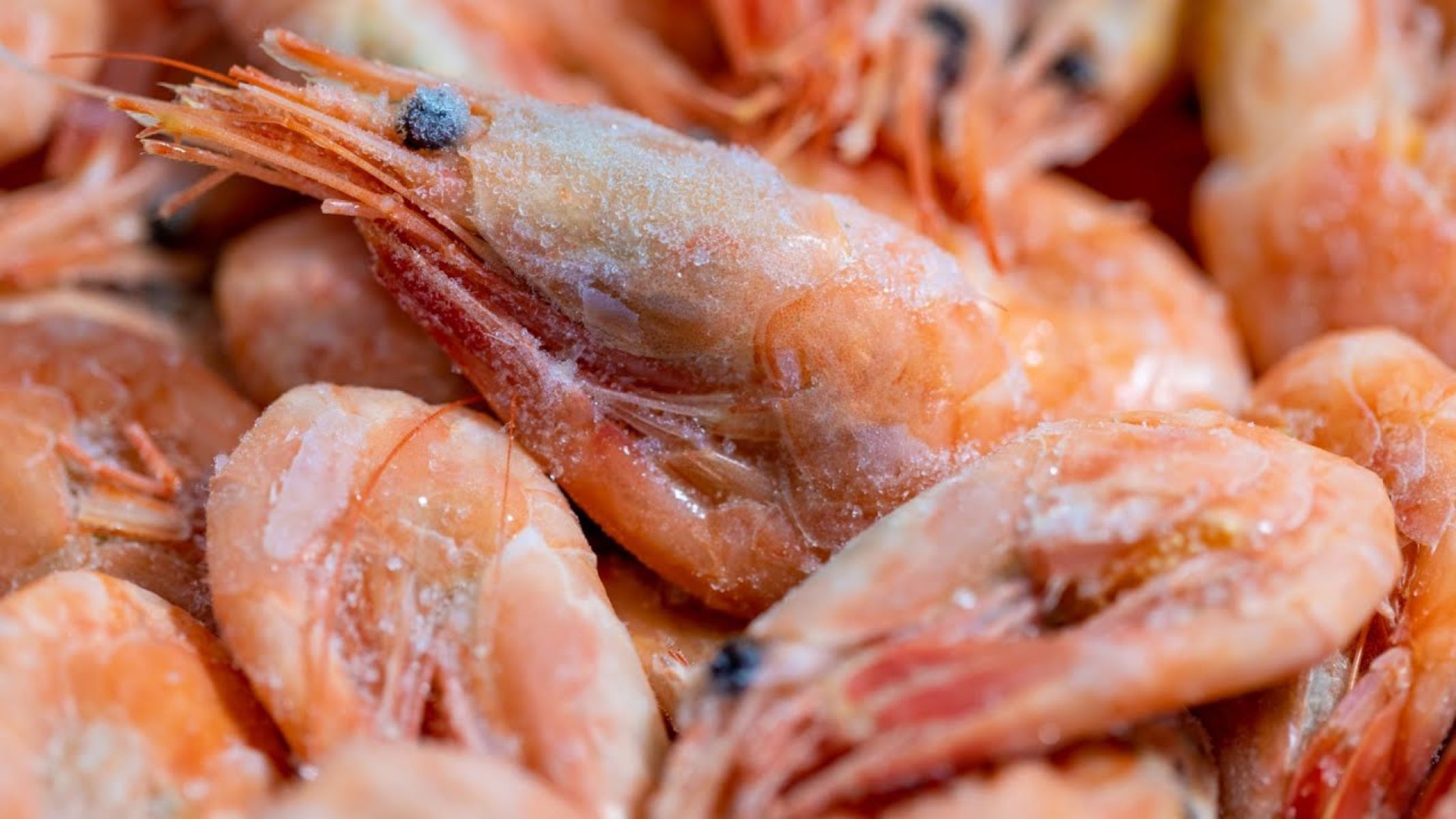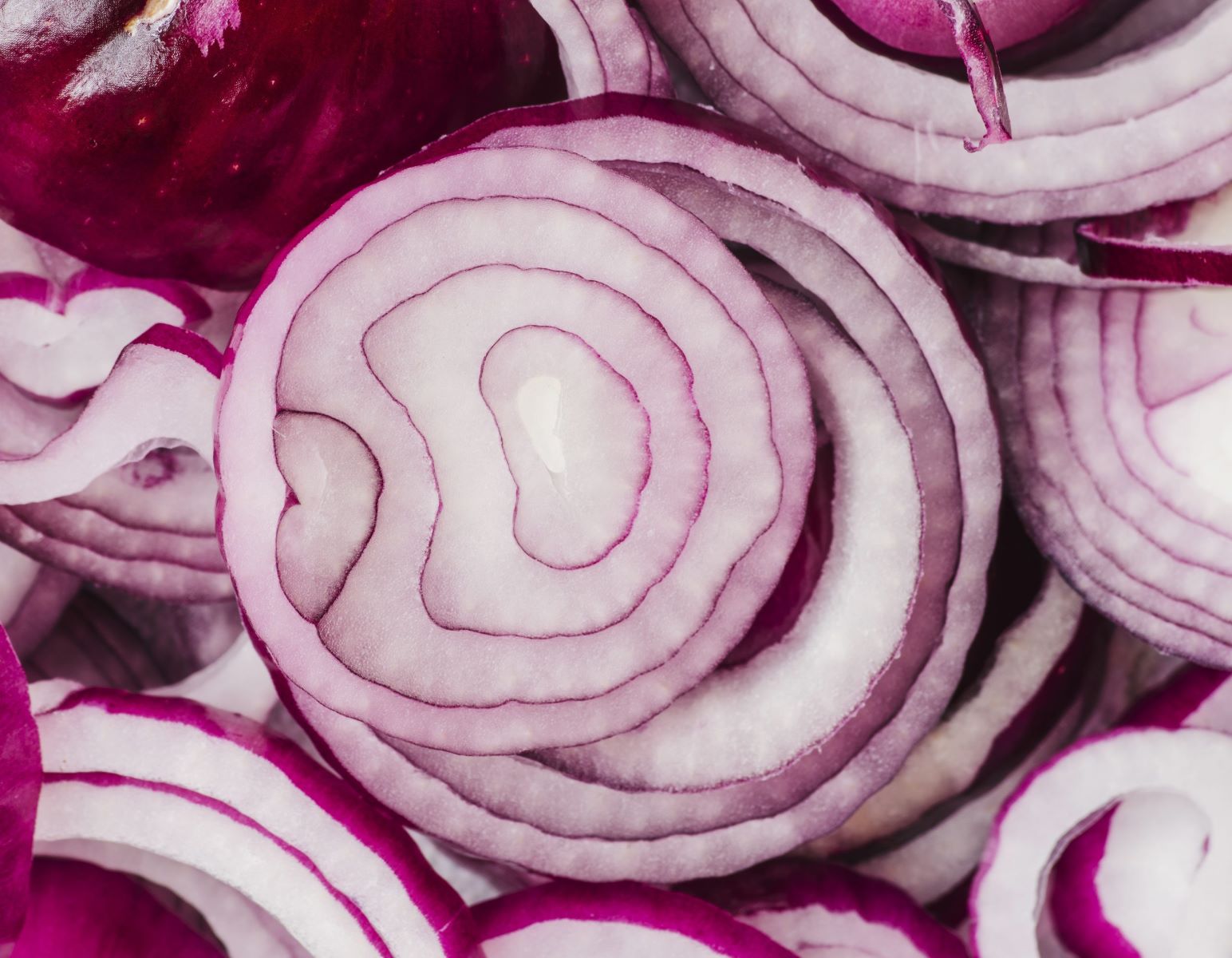Home>Food and Cooking>You Won’t Believe What Happens When You Use Plain Flour Instead Of Corn Flour!
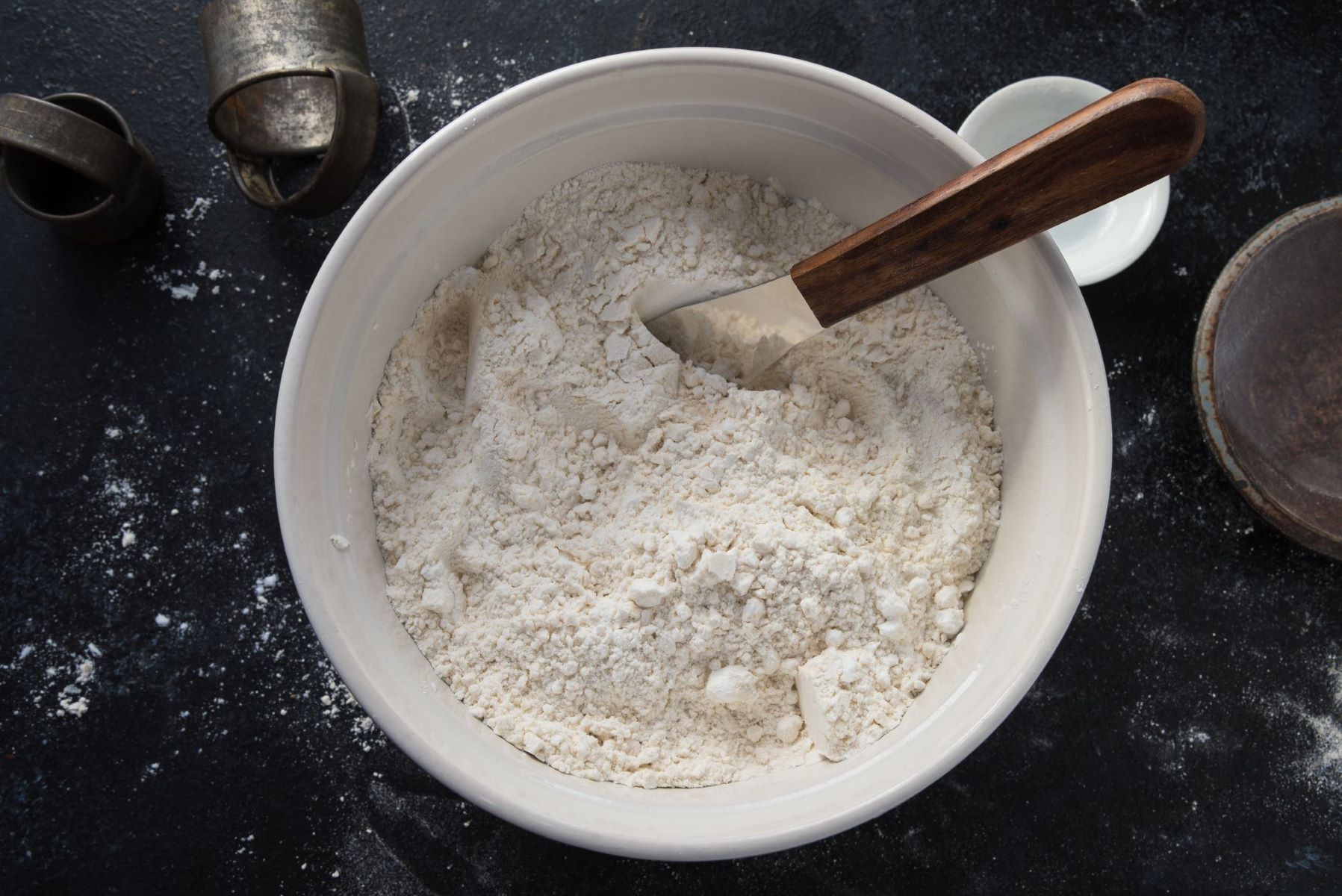

Food and Cooking
You Won’t Believe What Happens When You Use Plain Flour Instead Of Corn Flour!
Published: February 1, 2024
Discover the surprising results of swapping plain flour for corn flour in your cooking. Explore new culinary possibilities with this food and cooking revelation.
(Many of the links in this article redirect to a specific reviewed product. Your purchase of these products through affiliate links helps to generate commission for Regretless.com, at no extra cost. Learn more)
Table of Contents
Introduction
When it comes to cooking and baking, the choice of flour can significantly impact the texture, flavor, and overall outcome of a dish. Among the various types of flour available, corn flour and plain flour hold distinct places in the culinary world. Each offers unique properties that cater to specific cooking and baking needs. Understanding the differences between these two types of flour and the potential effects of substituting one for the other is crucial for achieving desired results in the kitchen.
In this comprehensive guide, we will delve into the characteristics of corn flour and plain flour, explore their applications in cooking and baking, and uncover the potential implications of using plain flour as a substitute for corn flour. Whether you're a seasoned chef or an enthusiastic home cook, this exploration will provide valuable insights into the world of flour and empower you to make informed decisions when selecting the most suitable flour for your culinary creations.
Join us on this culinary journey as we unravel the mysteries of corn flour and plain flour, shedding light on their individual attributes and the intriguing possibilities that arise when these versatile ingredients intersect. Let's embark on this flavorful expedition and discover the transformative power of flour in the realm of gastronomy.
What is corn flour?
Corn flour, often confused with cornstarch, is a finely ground powder derived from dried corn kernels. This distinct type of flour boasts a pale yellow hue and a silky, fine texture, setting it apart from its wheat-based counterparts. In various regions, corn flour is also referred to as maize flour, reflecting its primary source – the maize plant.
One of the defining characteristics of corn flour is its gluten-free composition, making it an ideal choice for individuals with gluten sensitivities or those following a gluten-free diet. This attribute has propelled corn flour to the forefront of gluten-free baking and cooking, where it serves as a crucial ingredient in crafting an array of delectable dishes, from tender cornbread to crispy coatings for fried foods.
In addition to its gluten-free nature, corn flour offers exceptional thickening properties, making it a preferred choice for enriching sauces, gravies, and soups. When heated, the starch in corn flour swells and thickens the surrounding liquid, resulting in a lusciously smooth texture that enhances the overall mouthfeel of the dish.
Furthermore, corn flour's subtle yet distinctive flavor profile, reminiscent of sweet corn, imparts a delightful essence to culinary creations. Whether incorporated into batters for fried delicacies or utilized as a thickening agent in savory stews, the addition of corn flour introduces a subtle sweetness that complements a wide spectrum of flavors.
Beyond its culinary applications, corn flour plays a pivotal role in traditional and cultural cuisines worldwide. From Latin American arepas to Indian cornbread, the versatility of corn flour transcends geographical boundaries, enriching global gastronomy with its unique attributes.
In essence, corn flour stands as a testament to the culinary diversity and innovation that flourishes across cultures. Its gluten-free nature, thickening prowess, and distinctive flavor make it a prized ingredient in the culinary landscape, offering a myriad of possibilities for creating delectable dishes that cater to diverse dietary preferences and palates.
What is plain flour?
Plain flour, also known as all-purpose flour, is a versatile and fundamental ingredient in the realm of culinary arts. Derived from a blend of hard and soft wheat varieties, plain flour embodies a balanced composition that makes it suitable for a wide array of culinary applications. With a neutral flavor profile and moderate protein content, typically ranging between 8-11%, plain flour serves as a cornerstone in both baking and cooking endeavors.
In baking, the adaptable nature of plain flour renders it an essential component in crafting an assortment of delectable treats, ranging from tender cakes and flaky pastries to airy bread loaves. Its moderate protein content facilitates the formation of gluten when combined with liquid, granting elasticity to doughs and batters. This gluten development is crucial for providing structure and volume to baked goods, resulting in desirable textures and crumb structures.
In the realm of cooking, plain flour shines as a key player in thickening sauces, gravies, and soups, owing to its capacity to form a smooth paste when combined with fats such as butter or oil. This paste, known as a roux, serves as a foundational element in classic culinary techniques, enhancing the texture and richness of various savory dishes. Additionally, plain flour can be utilized as a coating for meats and vegetables before pan-frying or deep-frying, contributing to crispiness and golden-brown hues.
The widespread availability and adaptability of plain flour have positioned it as a staple in kitchens worldwide, catering to the diverse needs of chefs, bakers, and home cooks. Its ability to seamlessly integrate into an assortment of recipes, coupled with its capacity to yield consistent and reliable results, underscores its indispensable role in the culinary landscape.
In essence, plain flour stands as a testament to the culinary diversity and innovation that flourishes across cultures. Its neutral flavor, moderate protein content, and multifaceted utility make it an indispensable ingredient, offering a myriad of possibilities for creating an array of delectable dishes that captivate the senses and delight palates.
Baking with plain flour
Baking with plain flour opens a realm of culinary possibilities, allowing for the creation of an array of delectable treats that delight the palate and captivate the senses. The versatile nature of plain flour, stemming from its balanced composition and moderate protein content, renders it an indispensable ingredient in the realm of baking.
When embarking on a baking endeavor, the selection of flour plays a pivotal role in shaping the texture, structure, and flavor of the final product. Plain flour, with its moderate protein content ranging between 8-11%, strikes a harmonious balance between strength and tenderness, making it well-suited for a diverse range of baked goods.
In the realm of cake baking, the use of plain flour contributes to the creation of tender and delicate crumb structures. The moderate protein content facilitates gluten development, providing the necessary support for the leavening agents to work their magic, resulting in soft and airy cakes that melt in the mouth. Whether crafting a classic vanilla sponge or an indulgent chocolate cake, the adaptability of plain flour ensures consistent and reliable results, elevating the baking experience to new heights.
Furthermore, when venturing into the realm of pastry making, plain flour shines as a key player in producing flaky, buttery delights. Its ability to form a cohesive yet pliable dough, coupled with its capacity to yield delicate layers when laminated, lays the foundation for creating an assortment of pastries, from buttery croissants to decadent puff pastry creations. The neutral flavor profile of plain flour allows the rich, buttery notes to take center stage, resulting in pastries that boast irresistible textures and captivating flavors.
Additionally, the versatility of plain flour extends to the realm of bread baking, where its moderate protein content facilitates gluten formation, providing the necessary structure and volume for hearty loaves and artisanal breads. Whether crafting rustic sourdough boules or tender sandwich loaves, the reliable performance of plain flour ensures that each slice embodies the perfect balance of chewiness, airiness, and flavor.
In essence, baking with plain flour transcends mere culinary technique; it embodies a harmonious fusion of art and science, where precise measurements and skillful execution converge to yield an array of baked delights that evoke joy and indulgence. The adaptability, reliability, and consistent performance of plain flour underscore its indispensable role in the world of baking, empowering chefs, bakers, and home cooks to craft an assortment of treats that leave a lasting impression and create cherished memories.
Cooking with plain flour
Cooking with plain flour unveils a myriad of culinary possibilities, enriching savory dishes with luscious textures and delectable flavors. The versatile nature of plain flour, stemming from its balanced composition and neutral flavor profile, positions it as a cornerstone in the realm of cooking, where it serves as a foundational element in thickening sauces, gravies, and soups.
When venturing into the realm of savory cooking, the selection of flour plays a pivotal role in shaping the texture and richness of the final dish. Plain flour, with its moderate protein content ranging between 8-11%, proves to be an invaluable ally in the kitchen, seamlessly integrating into a diverse range of recipes and imparting its characteristic attributes to elevate the overall dining experience.
In the art of sauce-making, plain flour's capacity to form a smooth paste when combined with fats such as butter or oil lays the groundwork for crafting velvety sauces that cling to each morsel, enhancing the overall harmony of flavors. Whether enriching a classic béchamel sauce or preparing a sumptuous gravy for roasted meats, the addition of plain flour contributes to the creation of sauces that boast luxurious textures and a delightful mouthfeel.
Furthermore, when seeking to impart a golden-brown hue and a satisfying crunch to meats and vegetables, plain flour emerges as a quintessential coating agent. Its ability to adhere to the surface of ingredients, when combined with the application of heat, yields crispy exteriors that encapsulate succulent interiors, creating a sensorial experience that tantalizes the palate and ignites the senses.
Moreover, the thickening prowess of plain flour extends to the realm of soups and stews, where it serves as a stabilizing agent, enhancing the body and consistency of these comforting dishes. As the flour blends seamlessly with the simmering liquids, it undergoes a transformation, yielding a lusciously smooth texture that envelops each ingredient, resulting in a harmonious amalgamation of flavors and aromas.
In essence, cooking with plain flour transcends mere culinary technique; it embodies a harmonious fusion of tradition and innovation, where time-honored culinary practices converge with modern culinary sensibilities to yield an array of savory creations that evoke comfort and satisfaction. The adaptability, reliability, and consistent performance of plain flour underscore its indispensable role in the world of cooking, empowering chefs, home cooks, and culinary enthusiasts to create an assortment of savory delights that leave a lasting impression and evoke cherished memories.
Substituting plain flour for corn flour
When considering the substitution of plain flour for corn flour in recipes, it is essential to recognize the distinct characteristics and properties that each type of flour brings to the table. While both flours serve as versatile ingredients in the culinary world, their individual attributes and functionalities warrant careful consideration when making a substitution.
Plain flour, with its moderate protein content and neutral flavor profile, differs significantly from corn flour, which is gluten-free and possesses a subtle sweetness. Therefore, when contemplating the use of plain flour as a substitute for corn flour, it is crucial to assess the intended application and the desired outcome of the dish.
In recipes that require thickening, such as sauces, gravies, or soups, plain flour can serve as a suitable substitute for corn flour. When used in this capacity, plain flour's thickening properties, activated through the creation of a roux or slurry, can effectively mimic the thickening action of corn flour, albeit with a slightly different texture and flavor profile. It is important to note that plain flour may impart a more opaque appearance and a milder taste compared to the subtle sweetness characteristic of dishes thickened with corn flour.
In the realm of baking, the substitution of plain flour for corn flour may yield varied results, particularly in recipes that heavily rely on the unique properties of corn flour, such as its gluten-free nature and distinct flavor. When considering such substitutions, it is advisable to proceed with caution, as the texture, structure, and flavor of the final baked goods may be noticeably different from those produced with corn flour.
Furthermore, in recipes where the distinct flavor of corn flour plays a pivotal role, such as in cornbread or certain ethnic dishes, the use of plain flour as a substitute may alter the flavor profile of the dish. While plain flour can contribute to the desired texture and structure, it may not fully replicate the subtle sweetness and characteristic flavor imparted by corn flour.
In essence, the substitution of plain flour for corn flour requires thoughtful consideration of the specific attributes and functionalities of each flour, as well as a keen understanding of the intended application and desired outcome of the dish. While plain flour can serve as a viable alternative in certain scenarios, it is important to acknowledge that the resulting dish may exhibit nuanced differences in texture, flavor, and overall sensory experience.
Effects of using plain flour instead of corn flour
When plain flour is used as a substitute for corn flour in culinary endeavors, the effects on the texture, flavor, and overall outcome of the dish can be discernible. The distinct properties of these two flours give rise to a series of implications that warrant careful consideration when making the substitution.
In recipes that call for the thickening prowess of corn flour, the use of plain flour can result in noticeable differences in texture and appearance. While corn flour, with its gluten-free composition, yields a translucent and glossy finish when used as a thickening agent, plain flour may impart a more opaque appearance to the dish. Additionally, the thickened liquid or sauce may exhibit a slightly different mouthfeel, as plain flour lacks the subtle sweetness inherent in corn flour. These effects on texture and mouthfeel can influence the overall sensory experience of the dish, prompting a shift in the expected culinary delight.
Furthermore, in baking applications, the effects of substituting plain flour for corn flour can manifest in the structure, crumb, and flavor of the final product. Corn flour, with its gluten-free nature and delicate flavor profile, contributes to the unique textures and flavors of baked goods. When plain flour is used as a replacement, the resulting baked goods may showcase variations in texture, with a potential impact on tenderness and crumb structure. Moreover, the absence of the subtle sweetness characteristic of corn flour may alter the flavor profile of the baked goods, leading to a departure from the anticipated taste experience.
In dishes where the distinct flavor of corn flour serves as a defining element, such as in cornbread or ethnic delicacies, the effects of using plain flour as a substitute extend beyond texture and appearance. The absence of corn flour's subtle sweetness and characteristic flavor can impart a noticeable difference in the overall taste profile of the dish, potentially altering the intended sensory journey.
In essence, the effects of using plain flour instead of corn flour resonate across the sensory dimensions of a dish, encompassing texture, appearance, and flavor. These effects underscore the significance of understanding the nuanced interplay between different flours and the implications of their substitutions, highlighting the intricate dynamics that shape the culinary landscape.
Conclusion
In the realm of culinary exploration, the selection of flour stands as a pivotal decision that shapes the very essence of a dish, influencing its texture, flavor, and overall appeal. The distinctive attributes of corn flour and plain flour, each with its own set of properties and functionalities, underscore the profound impact that flour exerts on the art of cooking and baking.
As we navigate the intricate tapestry of culinary creativity, it becomes evident that corn flour and plain flour occupy unique niches, each contributing to the culinary landscape in its own remarkable way. Corn flour, with its gluten-free composition, subtle sweetness, and exceptional thickening properties, emerges as a stalwart ally in gluten-free baking and traditional cuisines, enriching dishes with its distinctive essence. On the other hand, plain flour, with its balanced composition, moderate protein content, and multifaceted utility, stands as an indispensable cornerstone in both baking and cooking endeavors, offering versatility and reliability in a myriad of recipes.
The exploration of substituting plain flour for corn flour unveils a nuanced interplay of textures, flavors, and sensory experiences, underscoring the intricate dynamics that unfold when these two flours intersect in culinary creations. While plain flour can serve as a viable alternative in certain scenarios, it is essential to approach the substitution with a discerning eye, acknowledging the potential implications on the overall outcome of the dish.
In essence, the world of flour transcends mere functionality; it embodies a symphony of flavors, textures, and culinary possibilities that resonate across cultures and traditions. Whether crafting tender cakes, luscious sauces, or crispy coatings, the choice of flour serves as a catalyst for culinary innovation, shaping the very fabric of gastronomic delight.
As we conclude this flavorful expedition into the realms of corn flour and plain flour, we are reminded of the profound role that these versatile ingredients play in our culinary pursuits. Their ability to elevate dishes, evoke sensory delight, and cater to diverse dietary preferences underscores their enduring significance in the ever-evolving tapestry of gastronomy. With a newfound appreciation for the transformative power of flour, we embark on our culinary journeys, armed with the knowledge to make informed decisions and unleash the full potential of these humble yet extraordinary ingredients.
